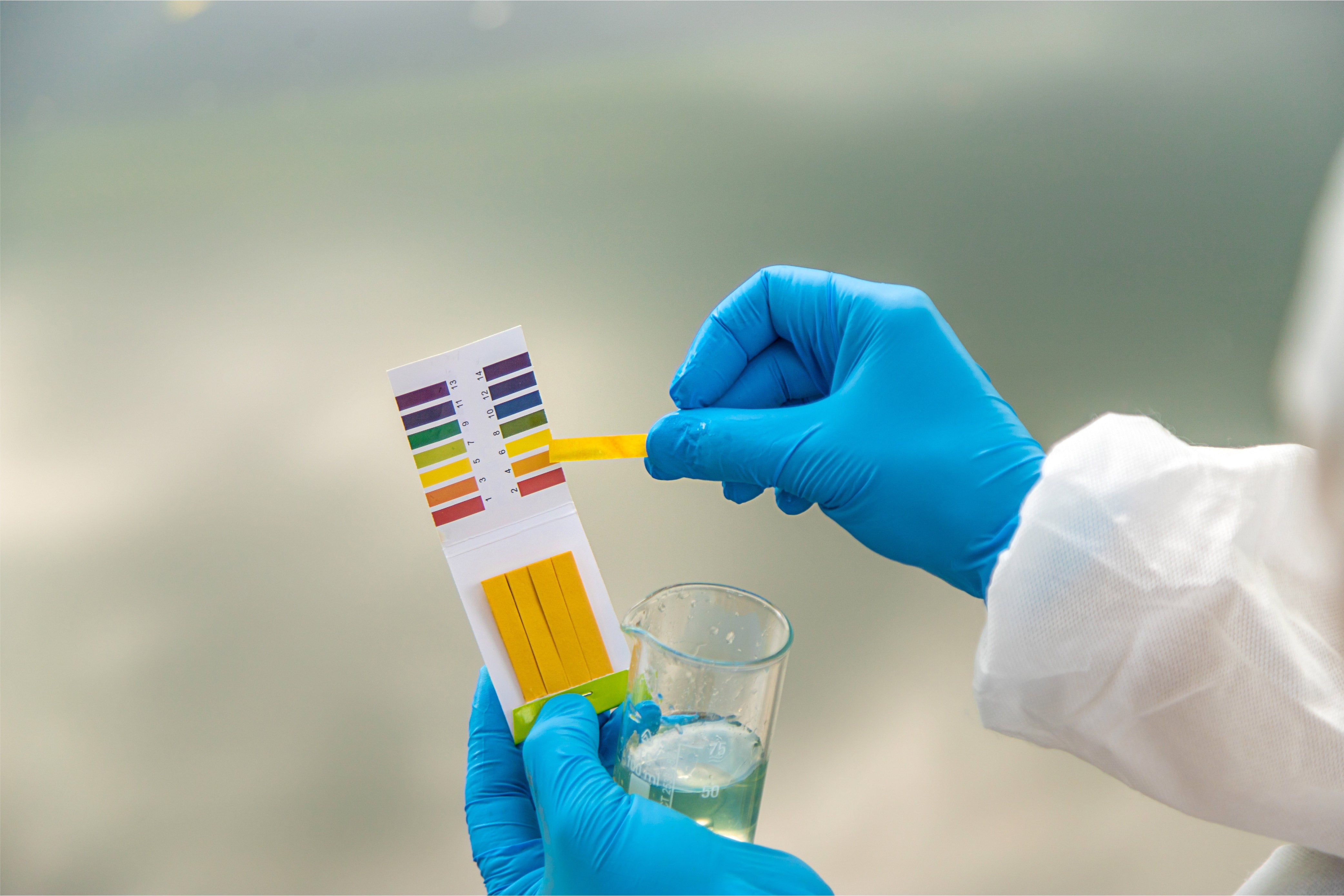The pH of the skin is the most important aspect of maintaining barrier function, immunity, wound healing, and microbiome balance in our skin. What makes it more complex is the fact that the skin’s pH is not uniform across the layers, but follows a sharp pH gradient across the epidermal layers, essential for overall skin homeostasis. Disruptions in pH can lead to increased susceptibility to infections, inflammation, and impaired barrier function. Let us discuss how the pH affects the skin physiology, and why skin-native pH products may significantly improve skin health.
Understanding Skin pH and the Acid Mantle
The natural pH of healthy skin ranges between 4.5 and 5.5, creating a mildly acidic surface known as the acid mantle. This acidic environment plays a pivotal role in:
- Maintaining skin barrier integrity by regulating enzyme activity involved in lipid synthesis.
- Preventing microbial overgrowth, particularly of harmful pathogens such as Staphylococcus aureus.
- Modulating inflammatory responses and immune function.
Scientific studies confirm that disrupting the acid mantle with alkaline products (>7 pH) compromises skin barrier function and increases trans-epidermal water loss (TEWL)
pH Gradient Across Epidermal Layers
The epidermis follows a natural pH gradient, where the stratum corneum (outermost layer) is more acidic (~4.5–5.5) while deeper layers of the epidermis and the dermis are closer to neutral pH (~7.4). This gradient is essential for:
- Barrier lipid synthesis via enzyme activation at optimal pH levels.
- Cell turnover and desquamation, regulated by pH-dependent enzymes such as kallikreins.
- Wound healing and repair, facilitated by an acidic microenvironment that promotes fibroblast activity.
A disrupted pH gradient delays wound healing, alters enzyme activity, and weakens keratinocyte differentiation, leading to a weakened skin barrier and increased inflammation.
what happens when this pH threshold breaks
The stratum corneum lipid matrix consists of ceramides, cholesterol, and fatty acids, which require an acidic pH to maintain their structural organization. A shift towards alkaline pH (>7.0):
- Increases ceramide degradation, weakening the lipid barrier.
- Raises TEWL, causing dehydration and increased skin sensitivity.
- Disrupts tight junction proteins, weakening intercellular adhesion.
A study found that a shift from pH 5.5 to pH 7.5 reduced ceramide levels by 40% and increased TEWL by 30%, demonstrating significant impairment of the skin barrier
pH and Skin Immunity
The skin is the first immunological barrier, and the pH directly influences antimicrobial peptide (AMP) activity. AMPs, such as cathelicidins and defensins, are more active at acidic pH, helping:
- Combat pathogenic bacteria while supporting beneficial skin microbiota.
- Regulate inflammatory responses and wound healing.
- Prevent colonization of harmful microbes such as Staphylococcus aureus in conditions like eczema.
Several researches suggest that AMP activity decreased by 50% at pH 7.5 compared to pH 5.5, leading to higher bacterial survival rates and increased susceptibility to infections.
pH and the Skin Microbiome
The skin microbiome thrives in an acidic environment, which supports beneficial bacteria like Staphylococcus epidermidis and Cutibacterium acnes while inhibiting pathogenic overgrowth. Studies show that a disrupted pH increases microbial dysbiosis, leading to:
- Acne, due to overgrowth of Cutibacterium acnes in a disturbed pH environment.
- Eczema, caused by increased colonization of Staphylococcus aureus at alkaline pH.
- Fungal infections, as Candida species proliferate in neutral-to-alkaline pH environments.
A long-term study found that individuals with pH >6.0 had 70% higher prevalence of acne and eczema compared to those maintaining a skin pH <5.5
pH in Wound Healing and Skin Repair
The acidic microenvironment is essential for wound healing. Studies reveal that chronic wounds and ulcers exhibit elevated pH (~7.5–8.5), which:
- Delays fibroblast proliferation and keratinocyte migration.
- Reduces collagen synthesis, impairing skin regeneration.
- Increases bacterial colonization, leading to chronic inflammation.
Research shows that wounds in an acidic environment (pH 4.0–5.5) heal 2x faster than those in alkaline conditions, as fibroblast proliferation and epidermal regeneration occur more efficiently at lower pH levels
A clinical trial concluded that subjects using pH 5.0 skincare products had 40% faster barrier recovery and reduced irritation compared to those using neutral pH (7.0) formulations
pH-optimized skincare is no longer a specialized care, it is a basic need, now well documented with clinical research. pH regulation is a critical determinant of skin health, influencing barrier function, immunity, microbiome balance, and wound healing. Disrupting the acid mantle can lead to inflammatory skin conditions, microbial overgrowth, and impaired healing. Incorporating pH-balanced skincare formulations supports natural skin physiology, enhances hydration, and prevents irritation. We recommend prioritizing skin-native pH products to maintain optimal skin function and long-term skin health.


Share:
Skin-identical Skincare
Suncare beyond SPF